
Researchers have paired microscopy with artificial intelligence to develop a fast, accurate, cost-effective COVID test. While many methods currently exist to test for SARS-CoV-2, none use a label-free optical approach. So, the research team turned to a technique typically reserved for visualizing cells: spatial light image microscopy (SLIM), which facilitates chemical-free (or label-free) imaging. SLIM [..]
Read More
DNA computing uses the individual units of DNA’s two strands (selectively bound to each other in a complementary manner) to do complicated mathematical calculations. However, most DNA computing processes are still manual – one needs to add reactants step-by-step to the reaction. Finally, scientists have developed a programmable DNA-based microfluidic device that a personal computer [..]
Read More
Due to light dispersion and absorption, imaging deep into tissues is challenging. The wavelength windows for high-resolution deep mouse brain imaging are around 1300 nm and 1700 nm. However, due to the low detection efficiency of currently available detectors, one-photon fluorescence imaging in the wavelength region has proved extremely difficult. Researchers have created one-photon confocal [..]
Read More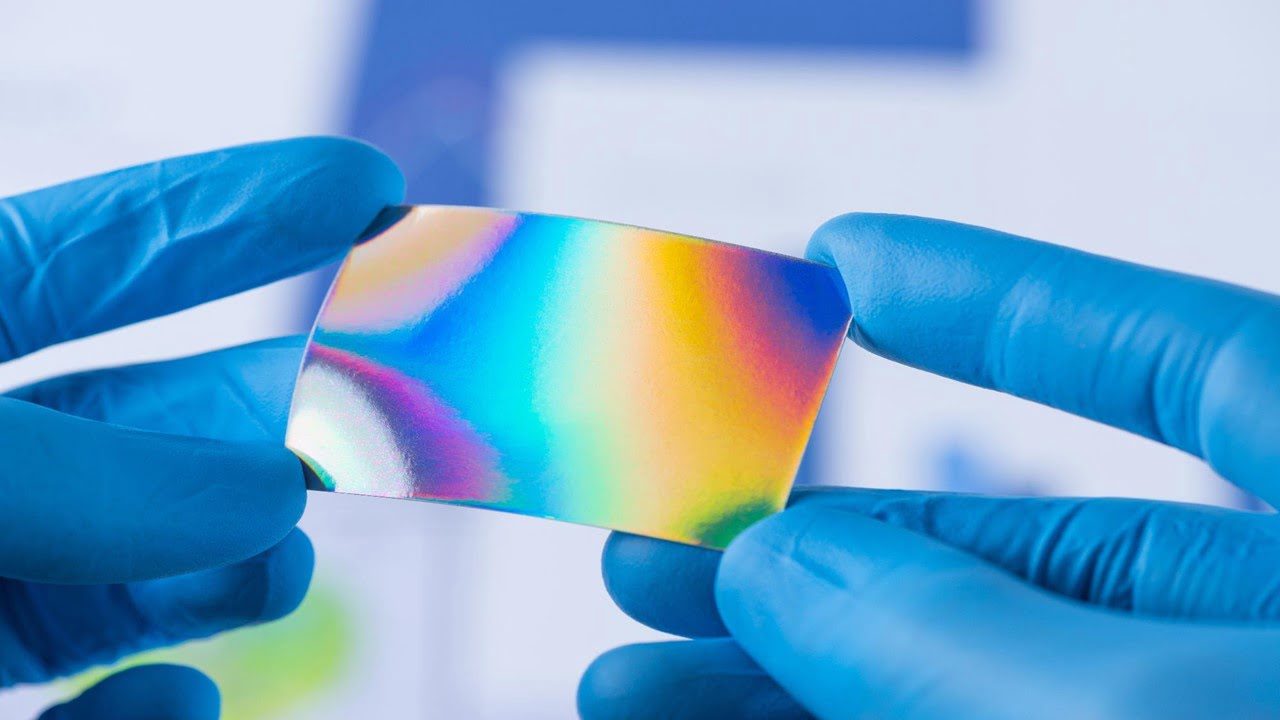
Active display illumination technology generates a surplus of energy demand. Reflective displays (using thin films) that do not require active illumination can stifle this demand. However, these display technologies are challenging to employ in low-light conditions due to a lack of active light sources. The reflection of optical rays within a polymer-embedded microsphere introduces reflective [..]
Read More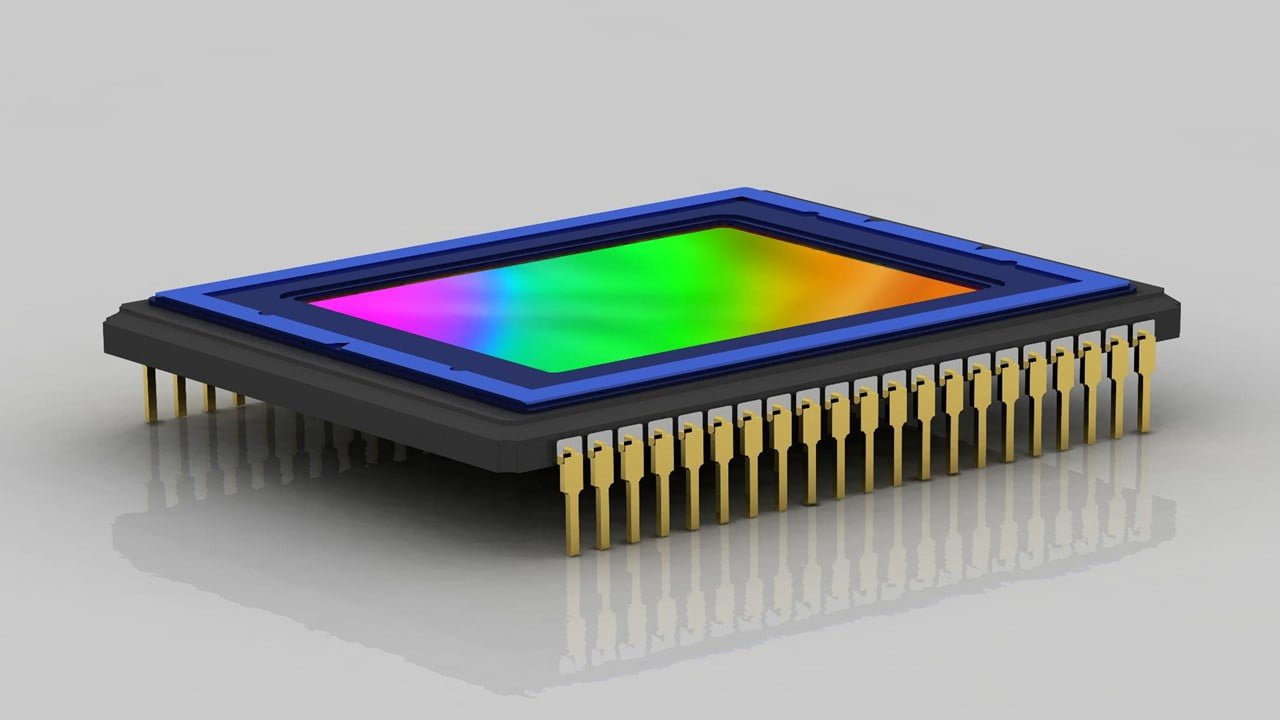
Photopyroelectric detectors can absorb electromagnetic radiation, convert the absorbed energy into thermal energy, and generate a pyroelectric voltage (PEV) across a pyroelectric material. Their applications include energy harvesting, infrared sensing, and thermal imaging. Conventional narrowband photopyroelectric detectors require a bulky bandpass filter. Alternatively, a narrowband filter, such as a photonic crystal, can be directly integrated [..]
Read More
Researchers have developed a new imaging strategy to see the small, ultrastructural changes in dendritic spines during structural plasticity. They have captured the best of both imaging modalities by refining and elaborating on an established imaging technique called correlative light and electron microscopy (CLEM). Using 2-photon optical microscopy and glutamate uncaging, the research team first [..]
Read More
Astronomers have recorded an unparalleled look at X-rays from a black hole system in the early cosmos using gravitational lensing, a natural lens in space. NASA’s Chandra X-ray Observatory employed this magnifying glass to sharpen X-ray images for the first time. It acquired details about black holes that would otherwise be too far away to [..]
Read More
Researchers have significantly improved the response time of a four mm-aperture hole-patterned liquid crystal (HLC) lens with doping of N-benzyl-2-methyl-4-nitroaniline (BNA) and rutile titanium dioxide nanoparticle (TiO2 NP) nanocomposite. The proposed HLC lens provides focus and defocus times (related to the wavefront bending speed) that are 8.5× and 14× faster than the new HLC lens, [..]
Read MoreDue to their lower toxicity than cadmium-based semiconductor quantum dots, graphene quantum dots (GQDs) are attractive luminous materials for numerous light-emitting, biological, and energy applications. The luminous properties of GQDs drive their practical applications and use. As a result, controlling and tailoring the emission properties of these materials to suit the specified optoelectronic applications is [..]
Read More
Silicon Carbide (SiC) is a CMOS-compatible semiconductor material that promises to realize the monolithic integration of electronics and photonics with low fabrication costs via CMOS foundry. The non-centrosymmetric crystal structures of SiC grant both second-order and third-order nonlinear effects, enabling an efficient light frequency conversion and on-chip generation of nonclassical light states. SiC exhibits the [..]
Read More
Cavity optomechanics has recently gained a lot of interest from the quantum physics, quantum optics, and quantum information sciences sectors. It is due to the importance of cavity optomechanics in studying fundamental quantum mechanics problems and quantum precision measurements. Quantum simulation, as a cutting-edge approach, could be a valuable tool for investigating optomechanical interactions in [..]
Read More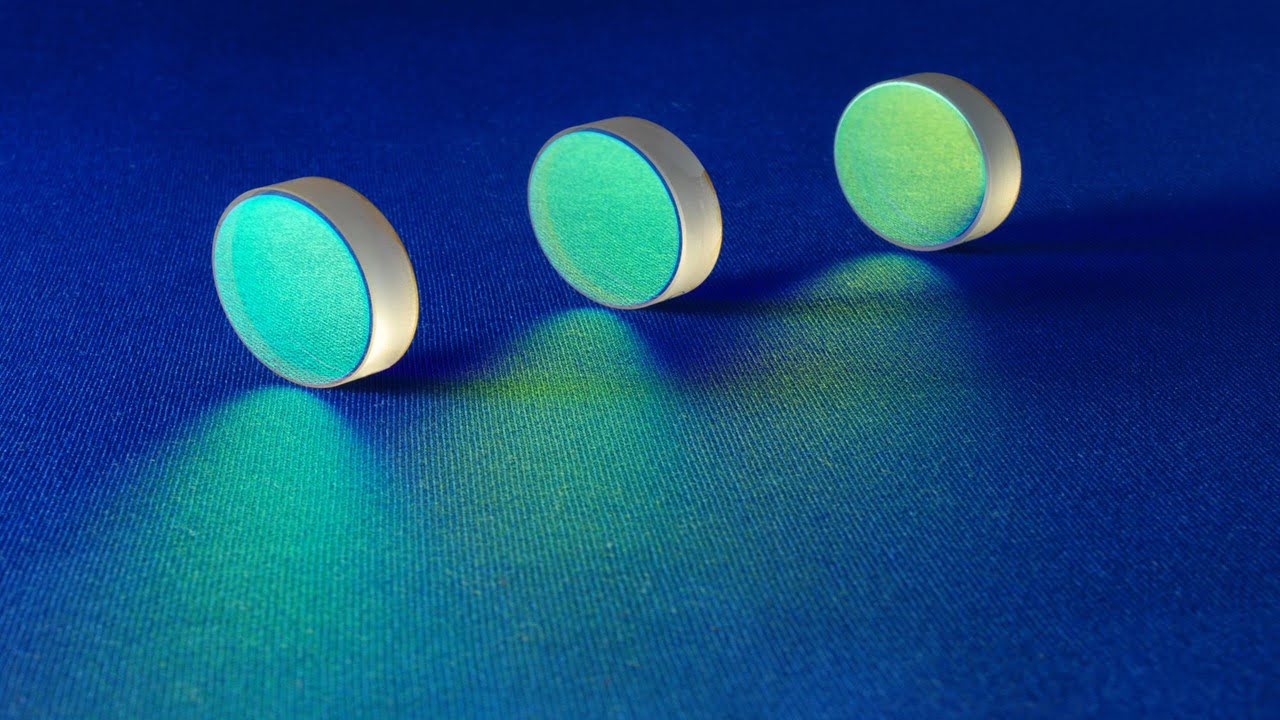
Using ‘core@shell’ nanocrystals with atomically conformal metal laminations, researchers have created a method that greatly increases the performance of plasmonic photocatalysts. Core@shells Nanocrystals with a core surrounded by a shell can use the interfacial synergy between the core and shell equivalents, making them useful in catalysis, electronics, and displays. The core plasmonic nanoparticles (gold) surface [..]
Read More
Outliers of a population, e.g., cells with a rare function that arise in fewer than one in a million individuals, are of great interest to biologists. The inherent balance with microscopes between viewing cells at a sufficient spatial resolution while still keeping a large field of view to capture unique specimens has impeded these investigations. [..]
Read More
Magnetic Resonance Imaging (MRI) often makes patients experience anxiety and sometimes distress before and during scanning. Researchers have developed an MRI-compatible virtual reality (VR) system to create a different experience. The strong sense of immersion with VR could create sensory experiences designed to avoid the perception of being enclosed and provide new modes of diversion [..]
Read More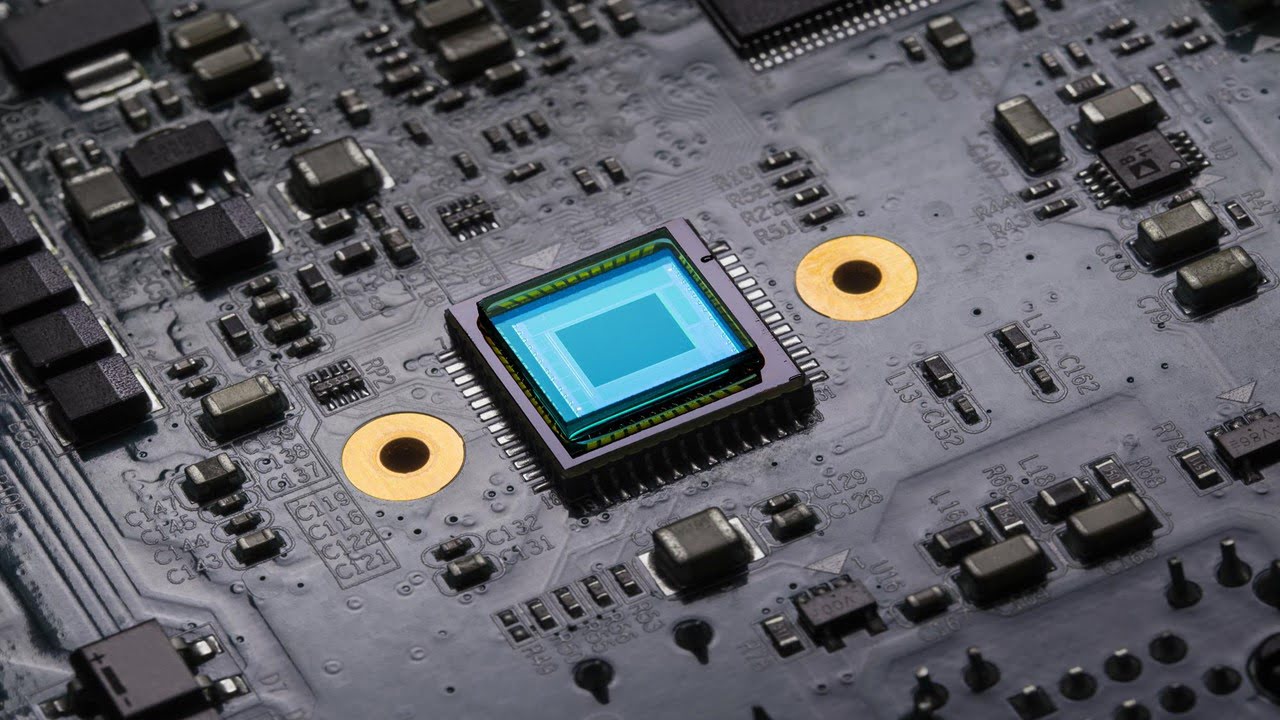
Researchers have developed inexpensive breathalyzers integrated into the screens of smartphones or wearables. The new technology uses the evaporation rate of the fog produced by the breath on the phone screen, which increases with increasing breath alcohol content. The breathalyzers use a photodiode placed on the side of the screen to measure the signature of [..]
Read More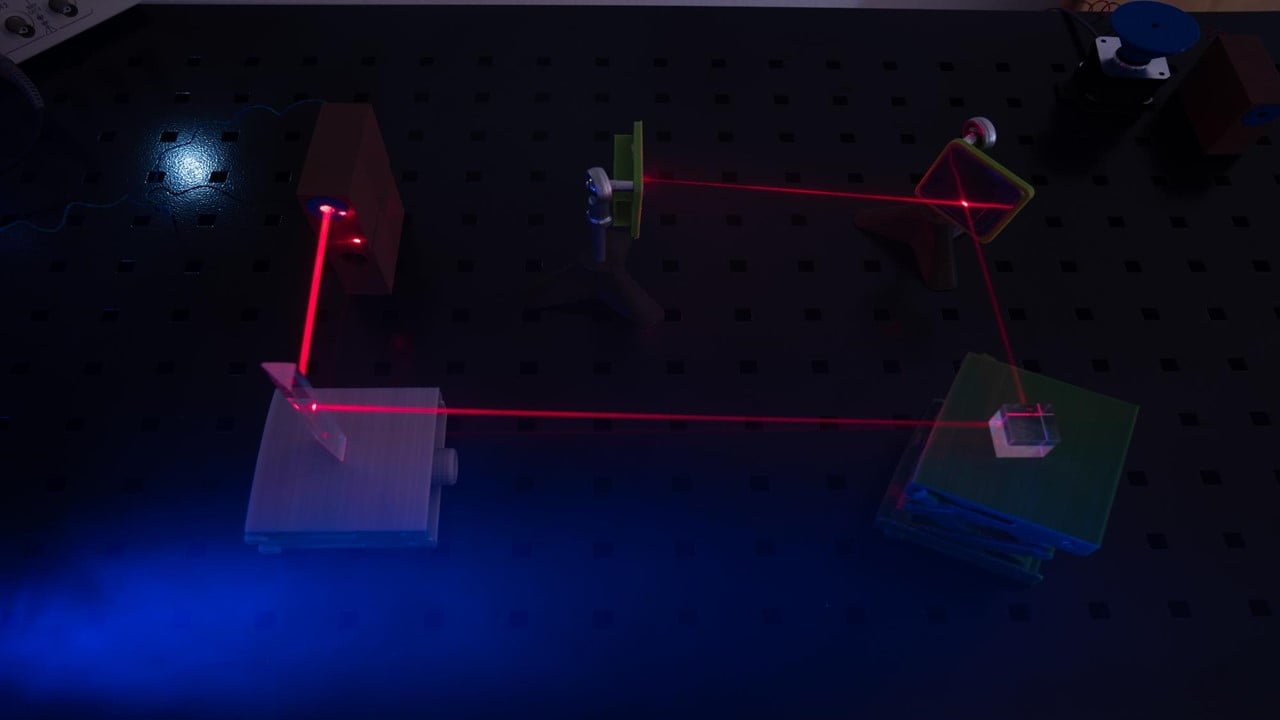
Scientists have developed an innovative optical system to precisely measure and control high-power laser beams’ position and pointing angle with unprecedented accuracy – without interrupting or disturbing the beams. Even in the most regulated lab setting, laser beams wander around on a microscopic scale due to vibrations and variability. The difference between excellent science and [..]
Read More
A team of researchers has applied deep learning to scanning electron microscopy to develop a super-resolution imaging technique. It can convert a low-resolution microstructure image into a super-resolution image. In modern-day materials research, scanning electron microscopy images play a crucial role in developing new materials, from microstructure visualization and characterization to numerical material behavior analysis. [..]
Read More
Researchers have created robotic diagnostic imaging equipment that automatically detects and scans a patient’s eyes for indicators of various eye illnesses. The new device, which combines an imaging scanner and a robotic arm, can track and image a patient’s eyes in under a minute and provide images as clear as those produced by standard scanners [..]
Read More
Lower temperatures cause reduced mobility of tiny components in almost all materials. When there is a lack of heat energy, atoms are less likely to change their location or magnetic moments’ direction: they freeze. Scientists have seen the opposite behavior in a nickel oxide material related to high-temperature superconductors for the first time. When this [..]
Read More
With the introduction of flexible materials, photonics can furnish numerous intriguing opportunities for fundamental and applied research, enabling many applications beyond its electronic counterpart’s capabilities. It is non-invasive, ultrasensitive to external stimuli, and immune to electromagnetic interference of photons as signal carriers. Photonic devices have demonstrated exceptional optical modulation and sensing performance, indicating enormous promise [..]
Read More